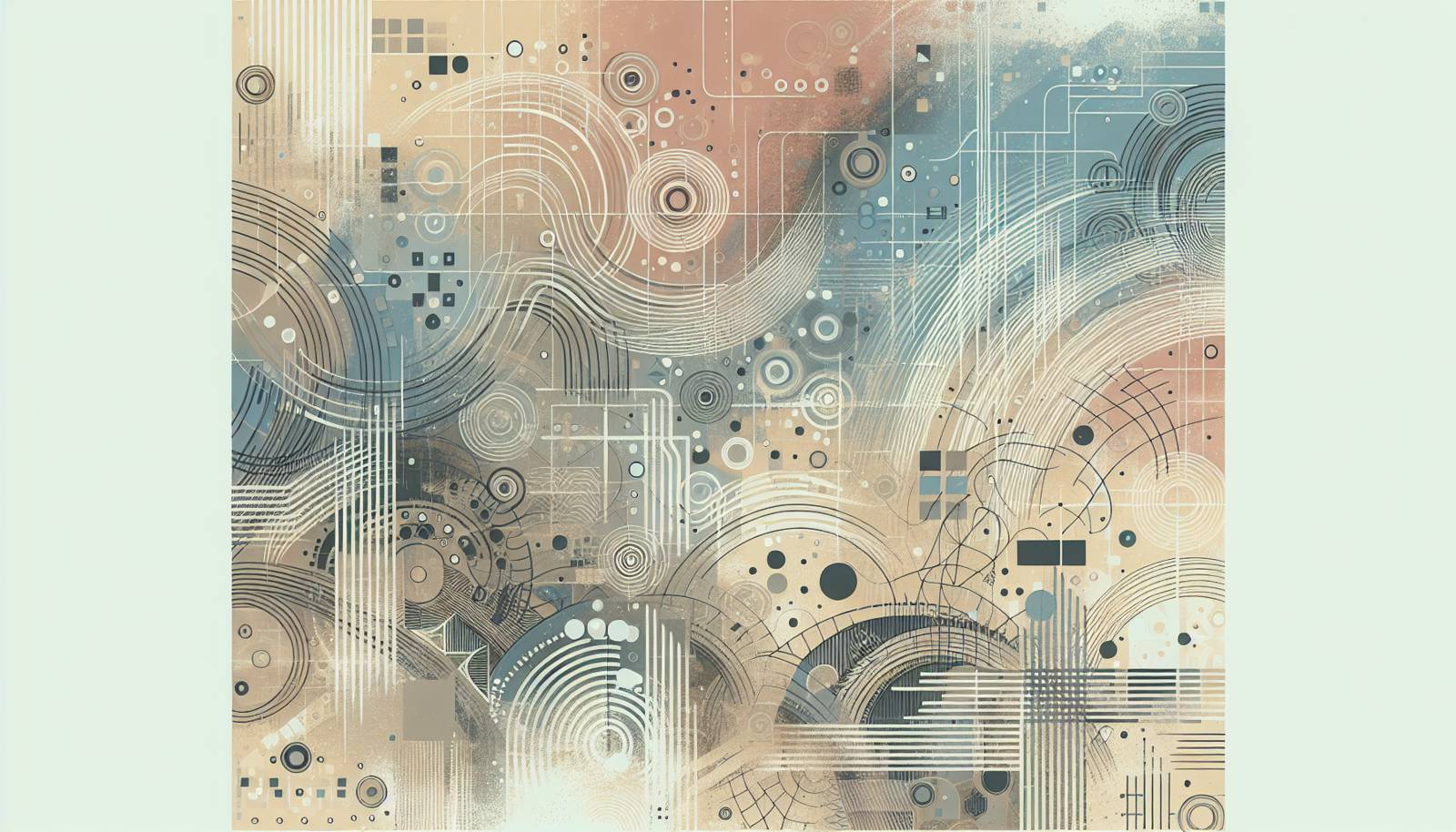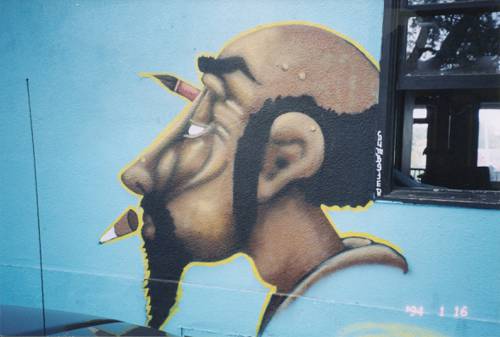
FAQ About The Role of Urban Art in Neighborhood Identity

What is urban art?
Urban art, often synonymous with street art, is a creative form of expression that uses public spaces in cities as its canvas. It encompasses various styles, including graffiti, murals, and installations, and can be temporary or permanent. Urban art is known for its ability to captivate the public's attention and provoke thought, often reflecting social, cultural, and political themes relevant to the community.

How does urban art contribute to neighborhood identity?
Urban art contributes to neighborhood identity by visually narrating the community's history, culture, and social values. Artworks often depict local stories, heritage, and important cultural figures, fostering a sense of pride and belonging among residents. Additionally, urban art can revitalize areas by transforming dull or neglected spaces into vibrant and attractive sites, thereby influencing perceptions of the neighborhood.

What social values are commonly reflected in urban art?
Urban art often reflects social values such as inclusivity, freedom of expression, and community solidarity. Themes like equality, justice, and environmental awareness are prevalent, as artists use their work to address contemporary issues and advocate for change. The accessibility of urban art allows it to reach diverse audiences, encouraging dialogue and engagement with these social topics.

How does urban art reflect historical narratives within city landscapes?
Urban art can reflect historical narratives by commemorating significant events, figures, or traditions associated with a particular area. Murals and installations may depict historical landmarks, past struggles, or cultural celebrations, serving as visual reminders of a community's heritage. This contextual embedding within the urban environment helps preserve historical memory and fosters a deeper connection between the residents and their surroundings.

What are common forms of urban art?
Common forms of urban art include graffiti, murals, stencils, and installations. Graffiti uses spray paint for quick and often spontaneous expressions, while murals are large-scale artworks with detailed themes. Stencils allow for precise and repeatable designs, and installations can involve three-dimensional objects integrated into urban settings. Each form offers unique ways for artists to engage with the public and share their messages.

Can urban art improve the aesthetic of a neighborhood?
Yes, urban art can significantly enhance the aesthetic appeal of a neighborhood. By introducing color, creativity, and artistic innovation into otherwise mundane spaces, urban art transforms the visual landscape, making it more vibrant and engaging. Artworks can also highlight architectural features or create thematic coherence within an area, drawing attention to a neighborhood's unique identity and charm.

In what ways does urban art prompt social change?
Urban art prompts social change by raising awareness of societal issues and motivating public discourse. By addressing themes like racism, inequality, and environmental threats, artists challenge viewers to reflect on these topics and consider their role in fostering change. The widespread visibility and accessibility of urban art can ignite conversations, inspire activism, and empower communities to advocate for improvement.

How is urban art different from traditional art forms?
Urban art differs from traditional art forms in its setting, audience, and often its intent. While traditional art is typically housed within galleries or museums catering to specific audiences, urban art occupies public spaces, reaching a wide and diverse audience. It actively interacts with its environment and community, conveying messages rooted in real-time social contexts, making it a dynamic and ever-evolving form of expression.

What challenges do urban artists face?
Urban artists face challenges such as legal restrictions, vandalism concerns, and public scrutiny. Many urban art forms, particularly graffiti, have ambiguous legal standings, leading to potential fines or removal by authorities. Additionally, artworks may be vandalized or defaced, impacting their longevity and intended impact. Despite these challenges, urban artists continue to find innovative ways to share their work and influence communities.

Are there any famous urban art movements?
Yes, several famous urban art movements include graffiti art, street art, and muralism. Graffiti emerged prominently in the 1970s in New York City and became a symbol of rebellious youth culture. The street art movement gained traction in the 1980s and 1990s with artists like Banksy bringing social commentary and satirical elements to urban spaces. Muralism has roots stretching back to historical art traditions, notably the Mexican Muralism of the 1920s, illustrating social and political narratives.

How can urban art be preserved in neighborhoods?
Urban art can be preserved through community engagement, legal protections, and continual funding from local or cultural organizations. Communities can advocate for their art by maintaining murals and installations, ensuring they remain part of the urban landscape. Legal measures, such as designating art districts or heritage sites, can protect existing works from removal. Moreover, creating sustainable art programs encourages new creations, maintaining a vibrant artistic presence.

Does urban art have economic benefits for neighborhoods?
Yes, urban art can have economic benefits for neighborhoods by attracting both tourists and new businesses. Vibrant art scenes can draw visitors curious about unique and culturally rich environments, boosting local economy through service industries like retail, hospitality, and dining. Additionally, urban art can enhance property values, stimulate real estate interest, and encourage investments, contributing to overall economic revitalization in the area.

What role do local artists play in urban art?
Local artists play a crucial role in urban art by reflecting the unique cultural and social dynamics of their communities. Through their artwork, they tell stories relevant to their surroundings, infuse local identity into cityscapes, and engage with residents to foster community pride. Their insights ensure that urban art remains local, authentic, and responsive to the needs and interests of the neighborhood.

How can urban art be part of a city's cultural policy?
Urban art can be integrated into a city's cultural policy by including it in urban planning, supporting local artists, and fostering public art initiatives. Cities can develop policies that prioritize the creation of art districts, fund public art projects, and encourage artistic expression in public spaces. Recognizing urban art as a valuable cultural asset helps promote creativity and diversity within the city's environment.

What are the environmental impacts of urban art?
Urban art can positively impact the environment by raising awareness of ecological issues and promoting sustainability. Artists may use recycled materials or eco-friendly paints, integrating green practices into their work. Moreover, artworks that address environmental subjects can stimulate public consciousness regarding topics like pollution, conservation, and climate change, influencing attitudes and encouraging ecological responsibility within urban populations.

Can urban art help bridge cultural gaps in neighborhoods?
Urban art can help bridge cultural gaps in neighborhoods by promoting inclusivity and showcasing diverse cultural expressions. Through shared visual narratives, residents from different backgrounds can find common ground and celebrate their unique heritages. This communal aesthetic experience fosters dialogue, understanding, and cooperation, strengthening multicultural ties and enhancing social cohesion within communities.

What is the impact of urban art on youth communities?
Urban art has a significant impact on youth communities by providing creative outlets, fostering identity formation, and encouraging mentorship. Young people often engage with urban art through participation or observation, using it to express themselves and share common struggles. Art projects can also offer youth opportunities to learn artistic skills, receive mentorship from established artists, and participate in community-building activities.

Is there a difference between urban art and graffiti?
While urban art and graffiti are related forms of expression, they differ in intent and perception. Graffiti traditionally involves lettering and tagging often associated with rebellious or unsanctioned activities, while urban art encompasses a broader spectrum including murals and installations with varied themes. Urban art tends to be more accepted and celebrated for its artistic and social contributions, whereas graffiti can sometimes face legal and public criticism.

How can the public engage with urban art?
The public can engage with urban art by participating in community art projects, attending exhibitions, and supporting local artists. Community involvement could include volunteering for mural creation or attending neighborhood forums discussing urban art initiatives. Observing, discussing, and sharing art works via social media platforms are ways the public can contribute to the urban art culture, ensuring its continued presence and evolution.

How can urban art adapt to changing social landscapes?
Urban art adapts to changing social landscapes through its inherent flexibility and responsiveness to contemporary issues. Artists continually update their themes and techniques to reflect new societal narratives, technological advancements, and cultural shifts. Urban art’s public nature allows it to evolve alongside social changes, ensuring it remains relevant and a vibrant part of modern urban environments.
